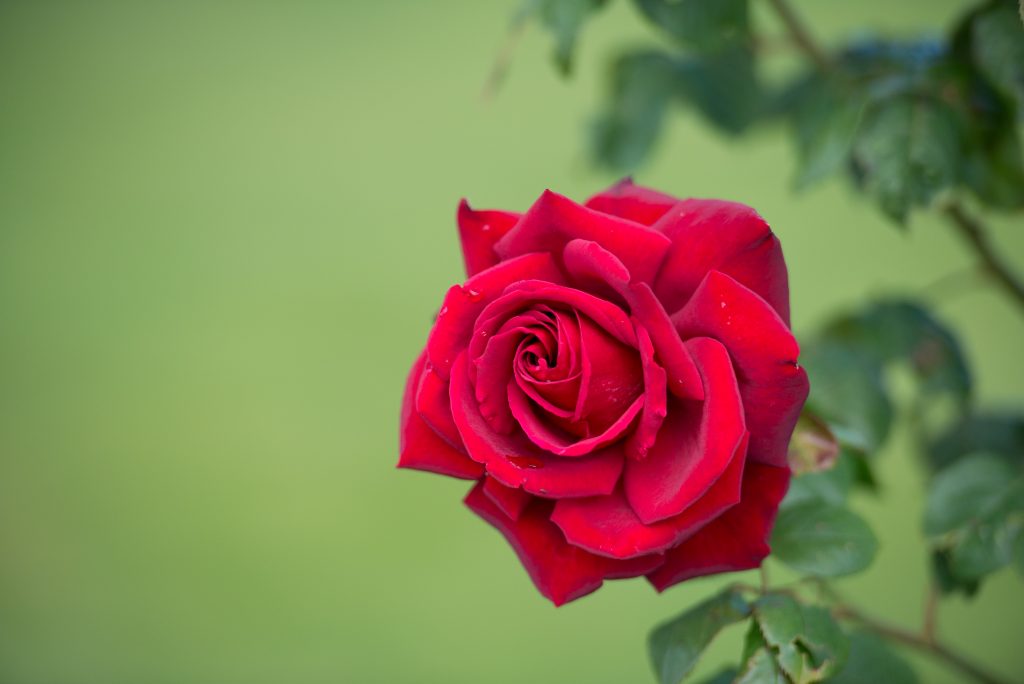23 April is Shakespeare Day, celebrating the work of one of the most famous writers the world has ever seen. But did you know many everyday phrases in the English language come direct from the Bard?
For instance ‘for goodness sake’, ‘a heart of gold’ and ‘all’s well that ends well’ all featured in his plays. Another quote you might recognise, from Romeo and Juliet, is:
What’s in a name? That which we call a rose
By any other word would smell as sweet
This got us thinking about some of Scotland’s more unusual place names. What do they mean, and would they be as sweet if we called them something else? Here are a few of our favourites.
Muckle Flugga
This small rocky island off North Unst in Shetland was once the northmost inhabited island in the British lies, but lost this honour when Muckle Flugga Lighthouse was automated in 1995.
The island’s name has Old Norse origins and is thought to mean large, steep-sided island.
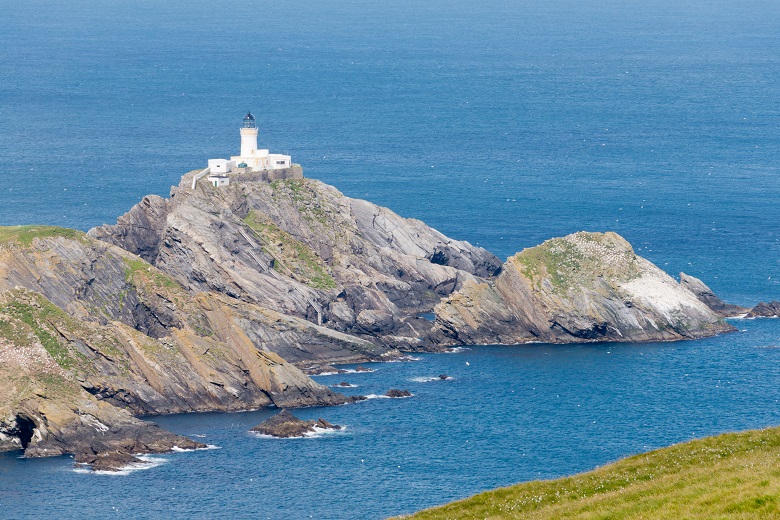
Legend has it that the island was created in a skirmish between the giants Herma and Saxa. Both giants fell hopelessly in love with a mermaid and threw stones at each other to settle the dispute. One rock became Muckle Flugga and the other formed Out Stack, the most northerly rock in the British Isles.
This macho posturing didn’t impress the mermaid much. She set a final impossible challenge. She agreed to marry the giant that could follow her to the North Pole. They set off behind her but neither could swim and both sank to a watery grave.
Hill o’Many Stanes
This name does what it says on the tin, with brilliant Scots directness! This Neolithic site in Caithness is a hill on which around two hundred stones have been deliberately placed.
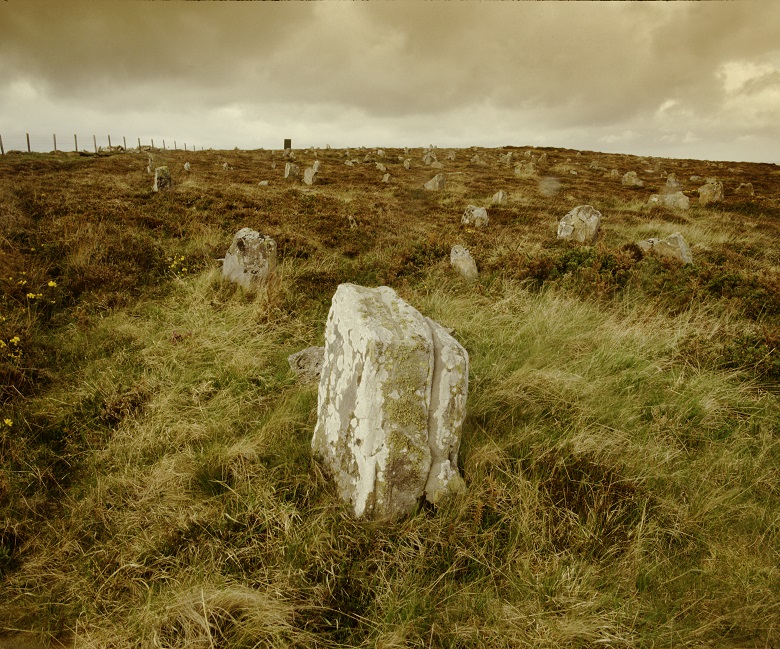
Some people have suggested that there could have been up to 600 stones at the site originally, forming an impressive pattern on the hillside. There has also been speculation that the stones could mark out a lunar observatory.
Half the fun of visiting the Hill o’Many Stanes is wondering what on earth our ancestors were doing up here!
Corstorphine Doocot
Many people live in Corstorphine, a village (now seen as a suburb) on the west side of Edinburgh.
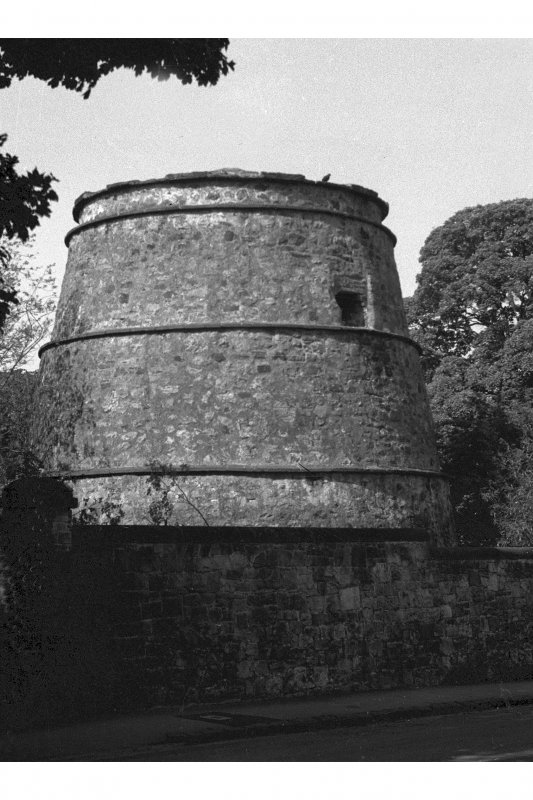
But did you know that its name derives from the Gaelic ‘Crois Thoirfinn’, meaning ‘Thorfinn’s Cross’?
A likely explanation for this name is that in the Middle Ages, when the area was still rather boggy, this site was the best crossing point.
Corstorphine Doocot (or dovecote) was once on the lands of Corstorphine Castle. Pigeons were kept to provide meat for the castle residents. “Cote” comes from the Old English for cottage and you can see why. Compared to barns and stables, the architecture of doocots can be quite homely – like tiny little cottages for pigeons!
Sweetheart Abbey
Is this the most romantic location in Scotland? This place name is a tribute to enduring love.
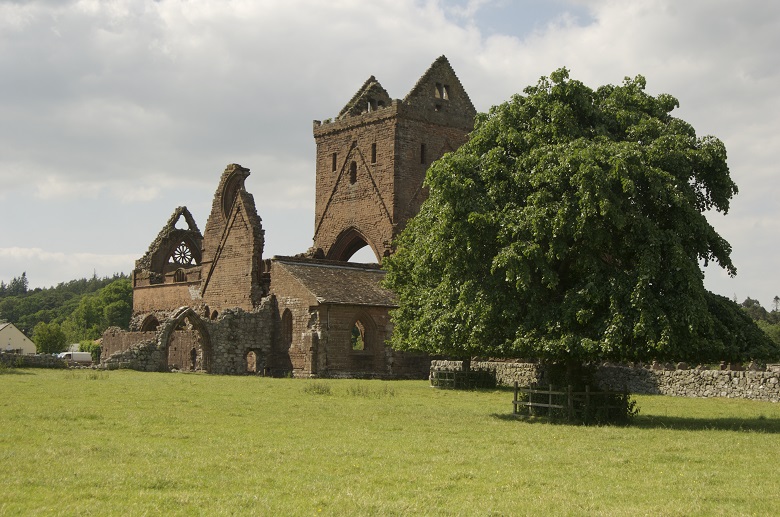
When first established by Lady Dervorgilla Balliol in 1273, this peaceful place was known as ‘New Abbey’ – and this is still the name of the Dumfries and Galloway village in which the abbey stands.
When her husband John Balliol died in 1268, Lady Dervorgilla had his heart embalmed and placed in an ivory casket which she carried everywhere. She was buried with his ‘sweet heart’ when she died in 1289, giving Sweetheart Abbey its name.
Fatlips Castle
This 16th century tower in the Scottish Borders sits atop the Minto Crags. It was built by the Turnbulls of Barnhills, notorious Border reivers.
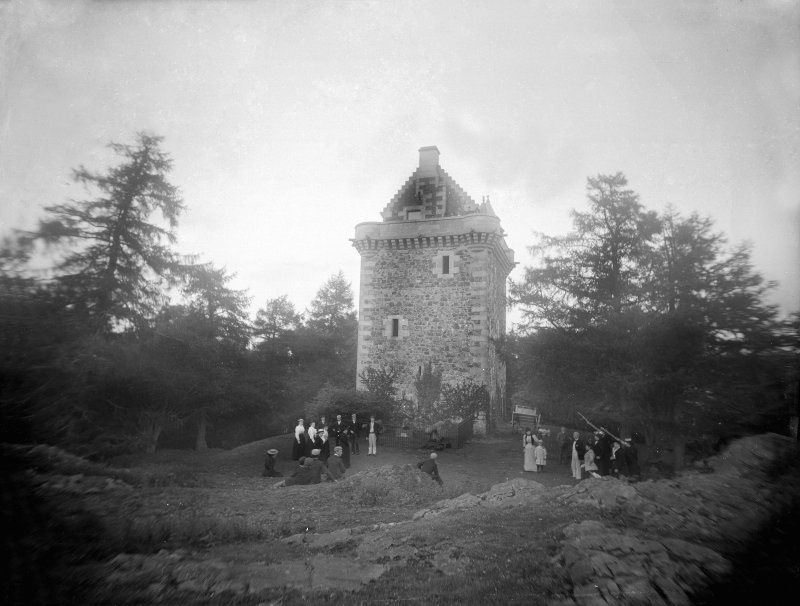
There are a number of possible origins for the name.
Could it have been the nickname of a goat that lived nearby and warned of the approaching English by bleating loudly? Maybe it is linked to a spirit called Fatlips who was said to dwell in Dryburgh Abbey and help a local hermit woman with her housework? Or was it because the inhabitants of the castle were a bit “overfriendly” when welcoming visitors? Apparently it is now tradition for gentlemen to kiss a lady on entering the ruins of the castle.
With so many intriguing explanations for the naming of Fatlips Castle, we reckon it’s too difficult to pick a favourite!

